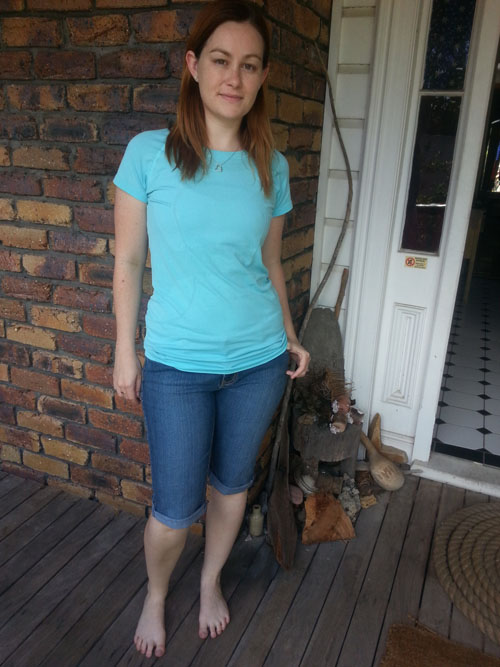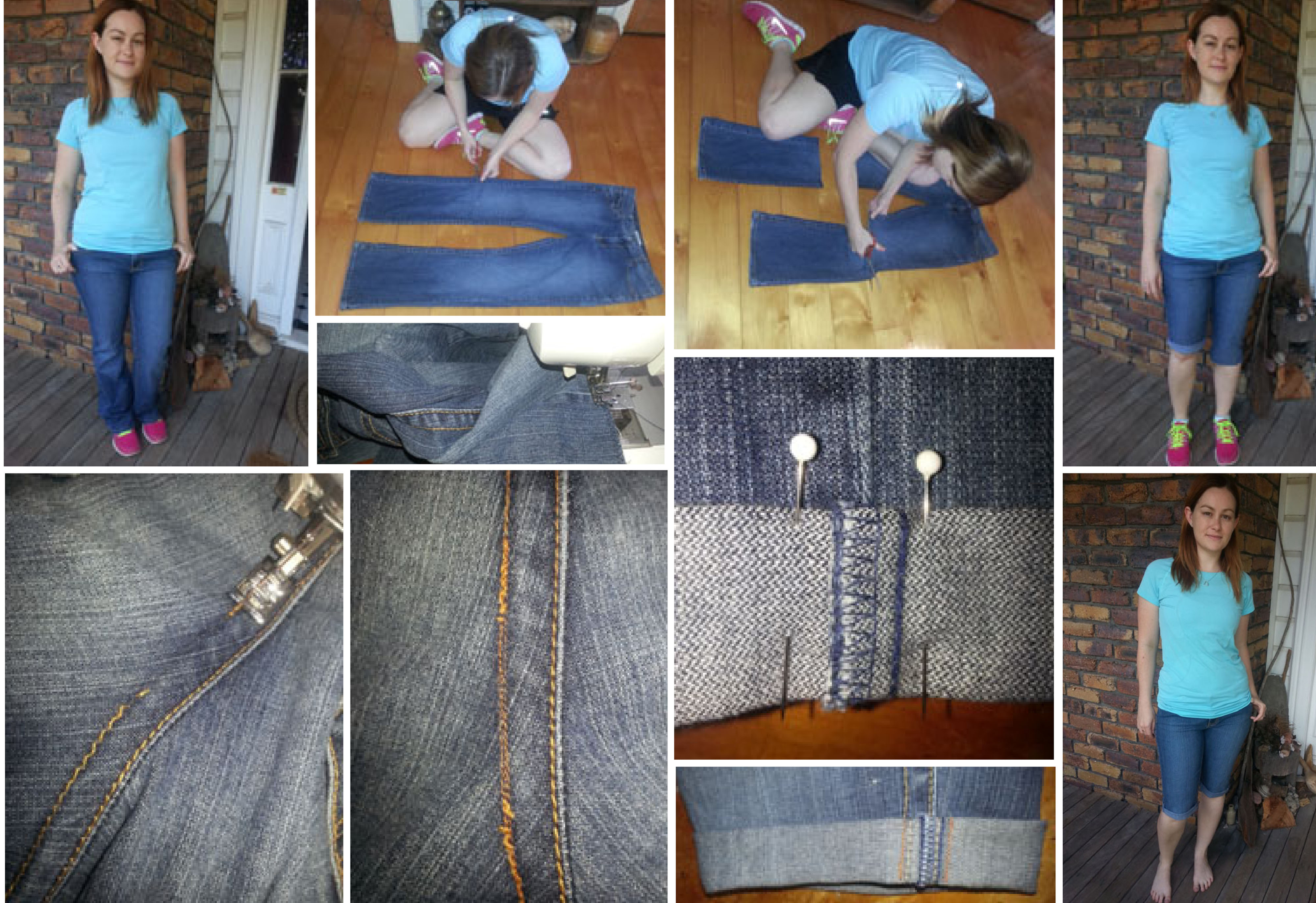 Textile waste from the clothing industry comes in two forms – either pre-consumer waste generated during the design and marketing phase, or post-consumer waste in the form of second-hand clothing.
Textile waste from the clothing industry comes in two forms – either pre-consumer waste generated during the design and marketing phase, or post-consumer waste in the form of second-hand clothing.
Post-consumer waste is the main focus of Sew it Again because the project grew out of my thrift shop ‘habit’ and instinctive sense of ‘rescuing’ natural fibres garments – and during this year I’m working my way through the accumulated surplus (five wardrobes +).
In Australia there are about 3000 opportunity shops run by various charitable groups which operate under the National Association of Charitable Recycling Organisations (NACRO) umbrella and collect post-consumer waste to either redistribute to those in need or sell to raise funds to fulfil their missions. People who frequent thrift shops do so for many reasons – it may be from necessity, or from thrifty green values (like me), or collectors looking for something unique (that’s me too).
When I rediscovered op shops a few years ago, I was surprised by the sheer volume of clothes that comes through the stores and have since learned there is a global trade in second-hand clothing which has grown into a multi-million dollar business. Western countries like Australia, the United States, the United Kingdom and Europe send their cast-offs across the sea (out of sight out of mind) to developing nations.
According to NACRO’s submission to the National Waste Report 2013 more than 70,000 tonnes of second-hand clothing was exported from Australia in 2012 with an estimated value of over $70 million (that amounts to $1/kg). The submission said: “Second-hand clothing for export is usually baled in Australia and shipped as unsorted textile waste to low labour cost countries where the goods are sorted and re-exported. Three-quarters of all second-hand clothing exported from Australia goes to one of three primary destinations for sorting, UAE (38%), Malaysia (21%) and Pakistan (14%).”
Of course people in developing nations may relish our second-hand offerings. But that market will eventually be saturated (if it isn’t already) and the downsides are it can destroy indigenous clothing industries and amounts to western countries shifting our ‘waste’ onto developing nations. And think about the amount of energy and water that has gone into making 70,000 tonnes of clothing which is 70 million kilograms of fibre?
In light of the above, Sew it Again is a 365-day individual social-change project that is sharing inspiration, skills and ideas for reusing existing clothing by giving it a second-life before it gets into the post-consumer waste stream – or ends up prematurely as landfill.
Son Casey and (future) daughter Jenna came over for breakfast this morning and a conversation about cut-off jeans resulted in Sew 312. Jenna is a graphic designer for a fishing magazine and while the work is serious, the office dress style is casual. She had been shopping around for knee-length jeans (colloquially know as peddle-pushers in the day) and because they are not currently ‘on-trend’ had been unsuccessful in finding new ones. I had a spare pair of jeans lying around (as you do), which Jenna measured for length, then cut by lining up with the floorboards (quick and easy). Then it was just a case of neatening the cut edge, deciding whether to turn up (yes) or under, rolling up twice and stitching at either side. While there, we also mended a seam.
The cotton used to make a pair of jeans requires about 10,000 litres of water to grow – according to WRAP – so finding a new use for this pair (from fill-a-bag special at opshop) is a great environmental, as well as social act. Looking good Jenna!
